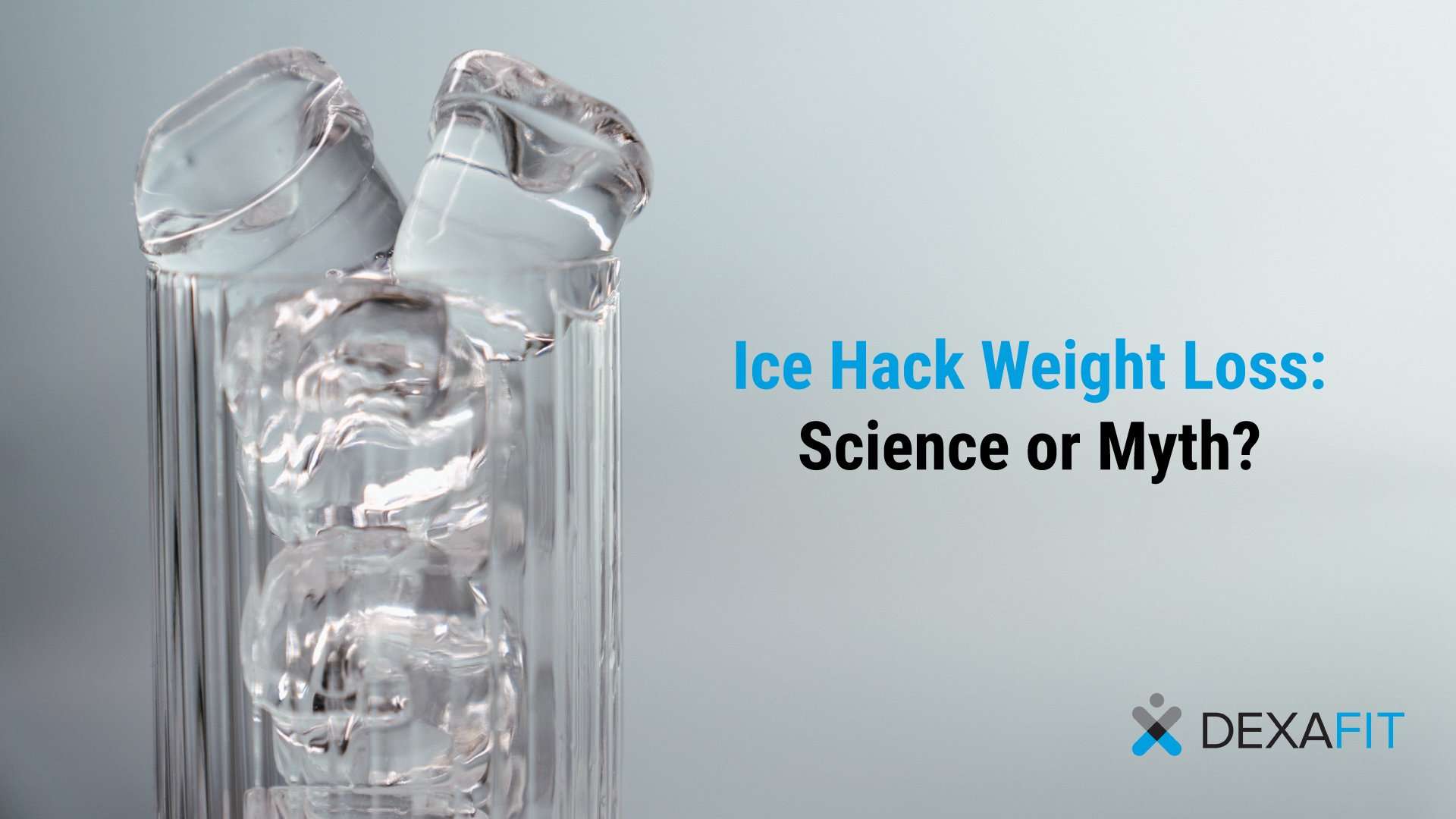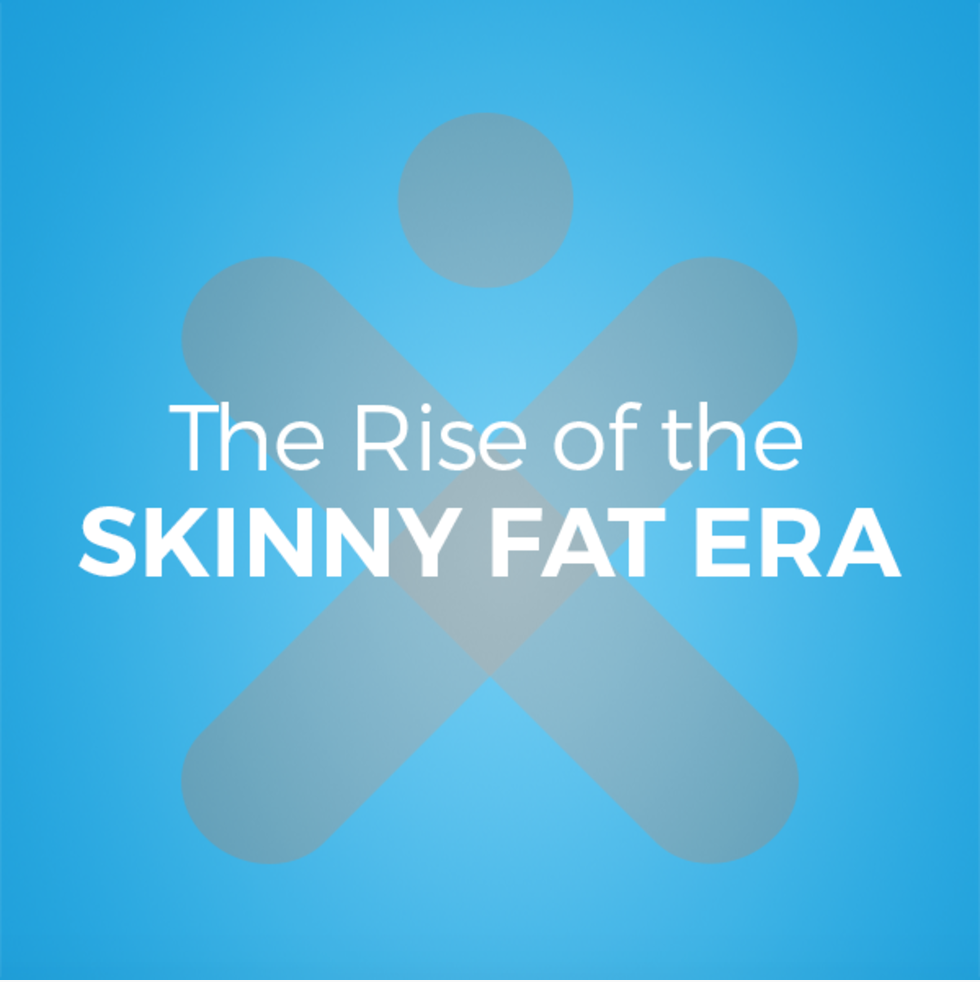As an avid health junkie, I have realized more and more that the concept of health is multifaceted. This includes categories like nutrition, hydration, exercise, stress, sleep, and spirituality. One major part that our society obsesses over is weight and how to lose and/or control it.
However, it can be confusing trying to determine if our weight is healthy since there are many measures to consider such as body fat percentage, body mass index (height compared to weight) and just a general societal perception of what looks “fit” related to muscle tone.
Additionally, with so many different body types, there is no magic number that defines what "fit" looks like. However, there are general ranges that science tends to agree are normal for body fat percentage for men and women.
The American College of Sports Medicine guidelines are broken into categories of averages and gender, with a healthy average man being in the range of 15-26% and a woman in the range of 22-34% (within these ranges the number is expected to gradually increase with age).
Oftentimes, it can be overwhelming to pick which body fat test is best. To start, there is simple technology that uses bioelectric impedance to estimate the water content in the body via a small electrical current. Since fat contains less water it can estimate a body fat percentage based on the speed of the current (more fat equals slower current).
Another option, the skinfold test, involves pinching designated areas of skin (and fat) throughout the body and converting the results into an estimate to your body fat percentage.
Yet another option is underwater weighing, which requires maximally exhaling before submerging into a pool of water.
Unfortunately, all these methods are limited in their accuracy. Plus, it's important to remember that some of these methods are only addressing one type of fat: subcutaneous fat. This fat is only part of the picture since visceral fat may also be present.
What is visceral fat and why should we differentiate?
Visceral fat is found in the abdominal cavity and it surrounds all of our vital organs. While a very small amount could be needed to cushion our organs, an excess can have detrimental effects. It has been found that fat, especially visceral fat, has hormonal properties that directly affect the function of the body's organs. For example, fat decreases insulin sensitivity causing a significant increase in the risk of developing diabetes.
So what's the best way to measure ALL types of fat?
Today, the DEXA scan is taking the front stage. Men's Journal named it the most accurate form of measurement for body composition in 2018. The best part about DEXA technology is that it can give detailed information as to where fat is specifically accumulated, making it easier to target as you exercise. That means I'd know just how much (or little) visceral fat I'm dealing with and have an accurate way to track progress.
Getting DEXA scans are cost efficient, quick, and easy. To start, find a close facility and schedule a visit with their team. When a body composition test is completed, it is relatively "easy" to begin burning off excess fat, if it's found. This could be a one-time assessment or subsequent visits can be purchased at a discount to track additional progress.
Let's dive in a little deeper to find the scientific details. How is fat technically "burned"?
The body requires a balance of energy with our daily food intake and activity levels and then burns energy each day, depending on that activity level. This energy can come from what we eat or it can break down stores of energy in the body... also known as fat. As many people don't realize, the main purpose of fat is to store energy; however, if we take in more than our bodies need, that "energy" is stored as fat.
Moving forward, it makes sense if we want to lose fat, our bodies need a negative intake of energy to promote the initiation of fat breakdown. There are various resources today to help determine what each individual's average caloric expenditure is each day. Determining how many calories we actually need on a daily basis is an excellent place to start with health goals related to body fat percentage.
At first, burning fat will be a bit of an uphill battle since fat cells are really good at what they do...conserving energy. Yet, with balanced food intake and daily exercise, fat cells don't stand a chance. Once a change is initiated, the body will begin breaking down fat cells into energy (fatty acids) which will be released to the body for use with daily activities. Burn baby burn.
An additional bonus? The more fat I burn, the more efficient my body will become at using the energy available to it; this is also known as a metabolism boost!
Is there an ideal "fat burning zone"?
I grew up being taught the old school belief in a "fat burning zone", which was ideal for cardiovascular exercise. While it is true that a larger percentage of fat cells are burned in a specific range of effort (approximately 60-75% of your max heart rate), we should not be afraid of working harder when trying to burn fat. Higher intensity activity burns a larger amount of total energy, resulting in, you guessed it, more calories burned.
More importantly, find exercises that are enjoyable that last at least 30 minutes and will be completed consistently without causing burn out.
Remember, fat isn't always the enemy.
The health industry has groomed us to hate and believe that all fats make us...fat. It's important to remember a healthy percentage of body fat is necessary for basic bodily functions. Fat stores provide energy when we are low on sugars and also store fat-soluble vitamins (vitamins A, D, E, K, and iron, for example) that our bodies demand, particularly in women who are pregnant and/or breastfeeding. Basically, without fat, we wouldn't be able to complete a lot of the body's basic functions for life.
Additionally, fat is a primary building block in cell membranes, which is basically what humans are - a large mass of cells! Fat provides practical uses like keeping us warm and cushioning our organs. Plus, the latest research has found a “new” kind of fat that helps burn calories to generate heat! Finding the right balance of fat is key, and having a good screening tool (to be aware of this fat in the first place!) like the DEXA scan is ideal.
With the right knowledge to assess body fat percentage and a plan to burn the excess, keeping the right amount of body fat has never been easier. Additionally, having a strategic and efficient way to measure progress and stay accountable will make it easier to set realistic goals.
Author Bio:
Adam Kadela is the Founder of DexaFit, an evidence-based health and wellness firm that empowers men and women to take a proactive (vs reactive) approach to optimize their health using state-of-the-art technologies. Currently responsible for DexaFit's long-term vision and strategy, Adam helped launch DexaFit in 2011 to bring medical-grade testing and personalized care to people looking for strategic ways to perform better, think faster, and live better using a proven blend of science and innovative technologies.










You've always heard that you're supposed to eat protein after a workout - but why? See why you need to be making this diet change.